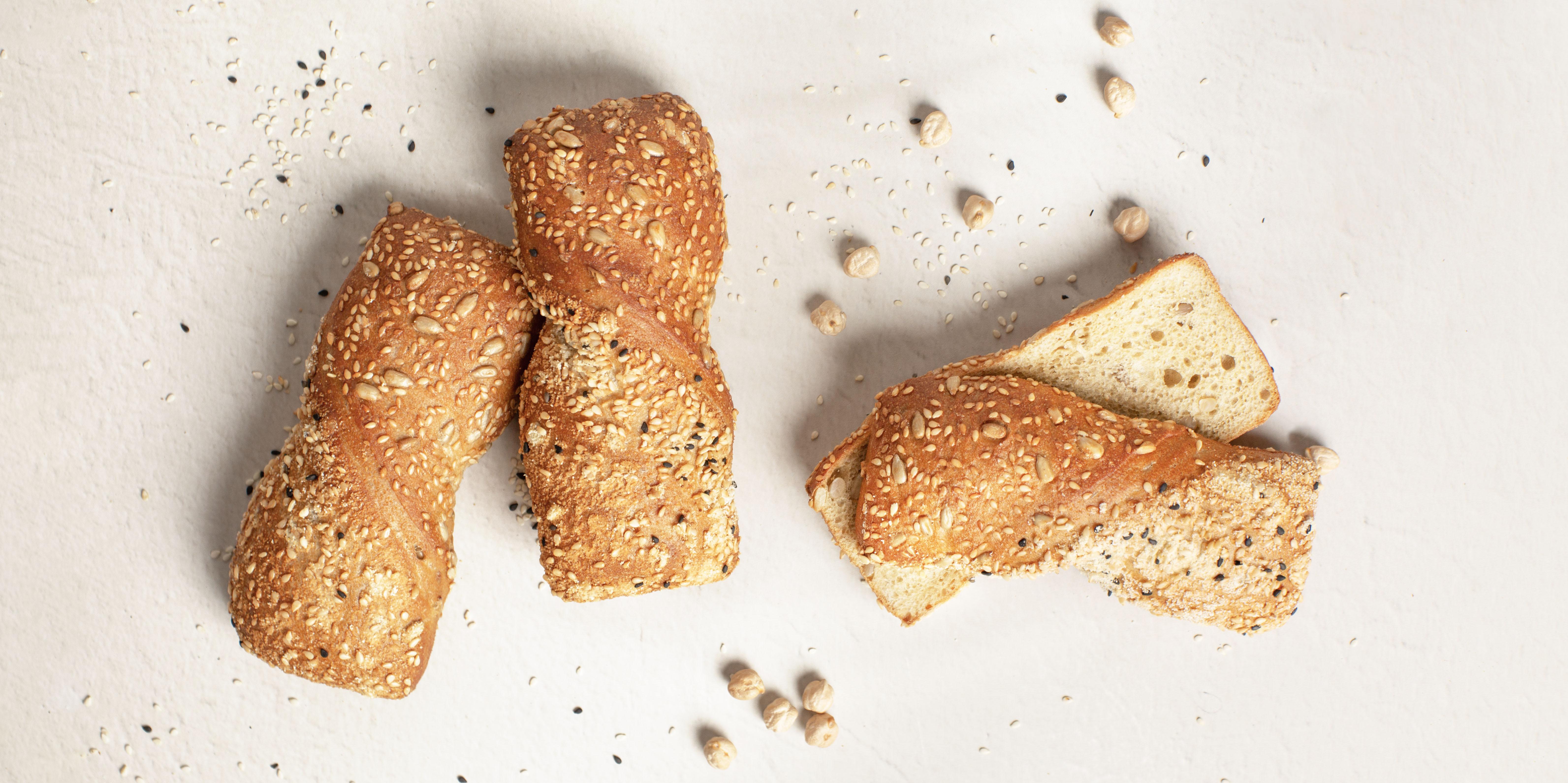
Chickpea
The funnily-named legume does not originally come from Austria, but it has found its way into many domestic kitchens and enjoys great popularity. The name "chickpea" comes from the Latin "cicer" for "pea". Accordingly, the chickpea is actually literally called "pea pea". It grows in fruit pods and is a staple food in India and Mexico.
What is in the power bean
Like all legumes, chickpeas are one of the most protein-rich plant foods, but with a low biological value (= the measure of how efficiently dietary protein is converted into the body's own protein). In order for the protein from the chickpea to be better utilised by our cells, it should be combined with other protein sources such as cereals, milk or egg.
Another benefit of chickpeas is their high content of secondary plant compounds, minerals (iron, magnesium and zinc) and vitamins (B1, B6 and folic acid), while being low in fat. As they are rich in fibre, they provide pleasant and long-lasting satiety.
Properly cooked, better digested
Chickpeas and pulses contain complex carbohydrates (oligosaccharides or multiple sugars). These can lead to unwanted flatulence. The reason: some of these oligosaccharides are indigestible and end up in the large intestine, where they produce unwanted gases. However, this can be counteracted by proper soaking and cooking, which breaks down up to 50 % of the oligosaccharides. Adding 1 teaspoon of baking soda or baking powder per litre to the cooking water also reduces the content of oligosaccharides that are difficult to digest. In addition, certain herbs and spices (e.g. caraway, cumin, ginger, parsley) can prevent or alleviate flatulence. In general, the more often pulses land on our plate, the better we tolerate them, as the intestines get used to them.
Good things do not always take time
Important: Fresh or dried pulses should generally not be eaten raw. They contain the glycoside phasin, which is harmful to humans. However, this phasin decomposes completely after cooking for 10 to 15 minutes. For better tolerance, pulses are best soaked overnight and then cooked. If you are in a hurry, you can use canned chickpeas. From a nutritional point of view, there is nothing to be said against pre-cooked products from a can or a jar. The only important thing is that they are rinsed well before consumption.
A touch of the Middle East in the kitchen
Chickpeas are a culinary enrichment and bring variety to the table. With the different ways of preparing them (e.g. hummus, falafel, pasta sauce, salad ingredient, crunchy snack), there is something for everyone. Their high nutritional value and health-promoting ingredients make them a good choice for regular inclusion in the diet. Especially in Austria, where according to the 2017 nutrition report, pulses are generally still far too rarely found on the plate.
Another little tip for hummus lovers: Remove the fine outer skin of the chickpeas before mixing. This makes the hummus creamier.
Mag. Suanne Dirisamer
Sources:
- Federal Centre for Nutrition: https://www.bzfe.de/service/news/aktuelle-meldungen/news-archiv/meldungen-2019/januar/alles-aus-kichererbse/ (Last accessed on 9.9.2023)
- Nutrition Review: https://www.ernaehrungs-umschau.de/print-artikel/10-09-2020-huelsenfruechte-in-der-humanernaehrung/ (last accessed on 9.9.2023)
- Forum. Nutrition Today: https://www.forum-ernaehrung.at/artikel/detail/news/detail/News/huelsenfruechte-eine-kulinarische-bereicherung/ (last accessed on 9.9.2023)
- Forum. Nutrition Today: https://www.forum-ernaehrung.at/artikel/detail/news/detail/News/huelsenfruechte-besser-vertragen/ (last accessed on 9.9.2023)
- Schlieper et al., Basic questions on nutrition, Kiel, 2017
